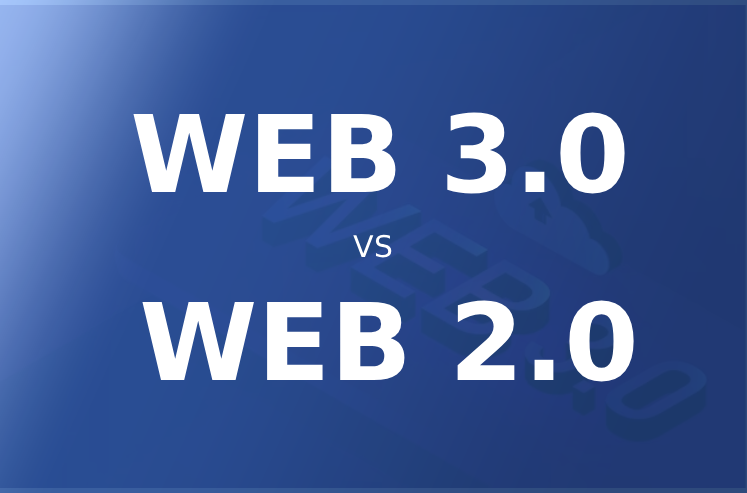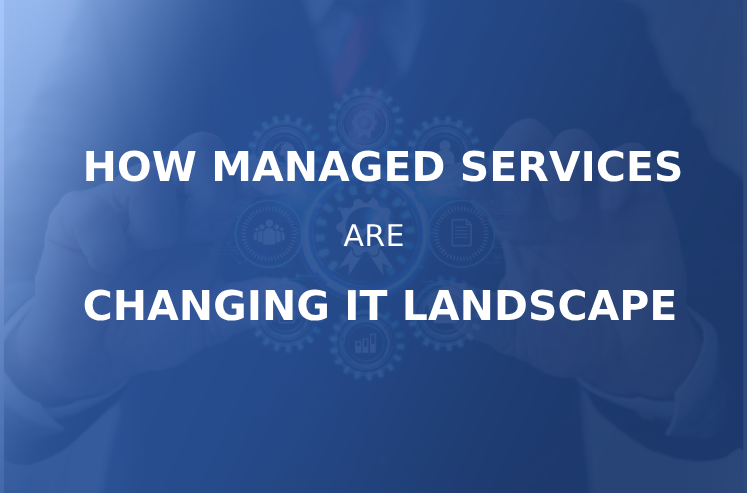It’s little wonder VR technology has been a buzzword for so long. VR technology has unlimited possibilities, but the e-commerce industry is one of the most fascinating. Retailers may customize the online purchasing experience for customers by adopting VR technology. In this post, we’ll discuss how VR technology might improve consumer satisfaction and sales in the e-commerce market.
The Benefits of VR Technology in E-commerce
At its core, VR technology provides a more immersive and engaging experience for customers. By using VR technology, customers can explore virtual stores and try on clothing without ever leaving their homes. This not only saves time and money but also eliminates the hassle of traditional brick-and-mortar shopping.
According to the word economic forum, more of us are turning to virtual reality (VR) to do our shopping – and it is a switch that could signal big changes in the retail sector.
In addition, VR technology allows customers to see how clothing fits and moves in a realistic way. This is particularly important for online clothing shopping, where customers often struggle to determine the fit and feel of clothing based on product images alone. By using VR technology, customers can get a more accurate sense of how the clothing will look and feel on their bodies, which can increase their confidence in making purchases online.
Ultimately, VR technology helps internet shops stand out. Retailers may differentiate themselves and build consumer loyalty by providing a more immersive and engaging experience.
Specific Examples of VR Technology in Action
Several retailers have already begun to use VR technology to enhance the online shopping experience for their customers. Here are some specific examples:
Tommy Hilfiger VR Shopping
Tommy Hilfiger shows how VR may enhance purchasing. The brand offered a VR shopping experience in a 3D store. Consumers could shop online and have products delivered to their homes. Tommy Hilfiger used VR to give customers a new and engaging experience, which increased sales and happiness.
Using a Samsung GearVR device, shoppers will have an immersive virtual experience that creates the impression of sitting live in the front row at Manhattan’s Park Avenue Armory at showtime on February 16, 2015, when the Fall 2015 Hilfiger Collection was originally presented.
ASOS’s Virtual Catwalk
ASOS is another retailer that has used VR technology to enhance the online shopping experience for its customers. The company created a virtual catwalk that allowed customers to see how outfits would look in motion. Customers could select an outfit, choose a model, and watch a 360-degree video of the model walking down the catwalk. By providing a more interactive and engaging experience, ASOS was able to create a deeper connection with its customers and increase sales.
The expanded technology, as well as another trial technology released last year which allowed customers to view clothing on models as they moved versus simply evaluating outfits from static pictures, has earned the company widespread praise with many heralding ASOS for being at the forefront of fashion inclusivity.
Adidas’s VR Experience for Testing Shoes
Adidas has also used VR technology to enhance the online shopping experience for its customers. The sportswear brand launched a VR experience that allowed customers to virtually try on shoes and test them out in different environments. Customers could choose from a variety of locations, such as a city street or a mountain trail, and see how the shoes performed in each setting. By providing a more realistic and interactive experience, Adidas was able to increase customer engagement and satisfaction.
IKEA’s VR App for Virtual Showrooms
Have you ever wished you could see how a piece of furniture would look in your home before you buy it? IKEA has made that possible with its VR app for virtual showrooms. This app lets you explore and interact with virtual furniture in a way that feels real. You can move furniture around and see how it would look in different rooms, helping you to visualize your potential purchase. By using VR technology, IKEA has created a more immersive and engaging experience that has increased customer satisfaction and sales.
Addressing Potential Drawbacks and Limitations
While VR technology has many benefits for the e-commerce industry, there are also some potential drawbacks and limitations that must be addressed. One of the biggest challenges is the cost and technical requirements of implementing VR technology in an online store. This can be a significant barrier to entry for smaller retailers, who may not have the resources to invest in VR technology.
According to NBC news, there is a potential challenge when it comes to VR technology – not everyone has access to the necessary hardware and software to use it. Although the cost of VR headsets has been reduced in recent years, they are still more expensive than other devices such as smartphones or laptops. This implies that retailers who use VR technology may be limiting their audience reach as not all customers may have access to it. Nonetheless, retailers are finding creative ways to leverage VR technology to create a more immersive and engaging experience for their customers.
And last but not least, there is the problem of the user experience. Although virtual reality technology can make an experience more immersive and interesting, it also has the potential to be overpowering for some people. This is especially important to keep in mind for clients who are unfamiliar with virtual reality technology and may have a more difficult time navigating virtual surroundings or utilizing VR headsets.
To overcome these obstacles, businesses that sell goods and services to consumers need to place primary emphasis on developing user experiences that are streamlined, user-friendly, and easily accessible to all customers. Towards this end, it may be necessary to make financial investments in user testing and research to guarantee that the VR experience is intuitive and simple to use. The potential benefits of integrating virtual reality technology must be weighed against the required financial commitment made by retailers, as well as the costs and technical constraints of doing so.
In conclusion, virtual reality could transform online garment shopping. Retailers can boost sales and customer loyalty by providing a more immersive and engaging experience. Retailers must also examine the downsides and limitations of VR technology and invest in a seamless and intuitive user experience that is accessible to all customers. Virtual reality can revolutionize e-commerce with proper planning and execution.
Are you ready for virtual reality technology to completely transform your online retail business? ITAdOn offers knowledgeable B2B IT assistance that will assist you in maximizing the potential of VR. Get in touch with us right away to find out more!
And while you’re here, don’t forget to have a look at our other piece, which discusses the influence that social media has had on contemporary businesses.
Follow us on social media and subscribe to our YouTube so that you are always up to date on the most recent developments and trends in your sector.
Key Takeaways
- Virtual reality (VR) technology can enhance the online shopping experience for clothing by providing a more immersive and engaging experience for customers.
- VR technology can increase customer satisfaction and loyalty, leading to increased sales and revenue for retailers.
- Specific examples of VR technology in action include Tommy Hilfiger’s VR shopping experience, ASOS’s virtual catwalk, Adidas’s VR experience for testing shoes, and IKEA’s VR app for virtual showrooms.
- Potential drawbacks and limitations of using VR technology for online clothing shopping include the cost and technical requirements of implementation and the need for customers to have the necessary hardware and software.
- To address these challenges, retailers must focus on creating a seamless and intuitive user experience that is accessible to all customers.
- Experts suggest that VR technology has the potential to be a game-changer for the e-commerce industry, but careful planning and implementation is necessary to realize its full potential.






